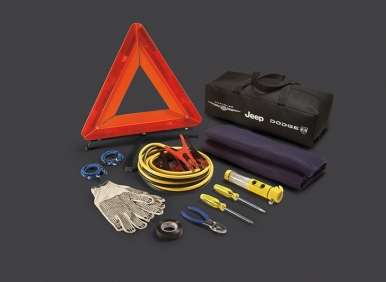Recent Articles
Popular Makes
Body Types
Top Five Winterizing Tips for A Safe Cold Weather Driving Season
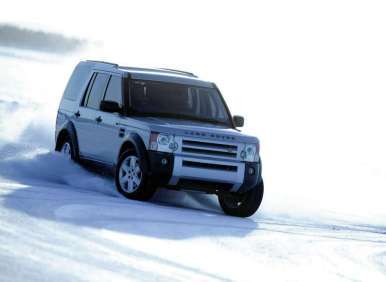
If you live in a northern climate, then you are well aware of the fact that winter driving often represents the most demanding miles you will ever put on your car. The snow, ice, salt and cold temperatures can really do a number on your vehicle - and your nerves - especially if you don't make the right preparations in advance of the changing weather.
The turn of the seasons is in general a great time to catch up on regular vehicle maintenance and get an overall checkup done on the mechanical health of your car. For those forced to deal with harsher winter conditions, there are a number of extra steps that, when taken, can help make the coldest, darkest months of the year pass a little more smoothly out on the highway.
Let's take a look at the top five winterizing moves you can make to protect both you and your car from the worst that Mother Nature can dish out.
1. Swap All-Seasons for Winter Rubber
Many drivers have been conditioned to believe that winter tires are only necessary in areas of the country that see heavy snowfall, but in reality it's the temperature of the road and not necessarily coverage from the white stuff that is the most important factor in selecting the tires that goes under your car. All-season rubber begins to lose its elasticity and ability to grip the asphalt once the temperatures drop below 45 degrees F, and as the mercury continues to plunge stopping distances increase dramatically and car control drops to a dangerous level. Winter tires are made of special rubber compounds that stay soft even at ultra-low temperatures, making them much safer than all-seasons throughout the winter months.
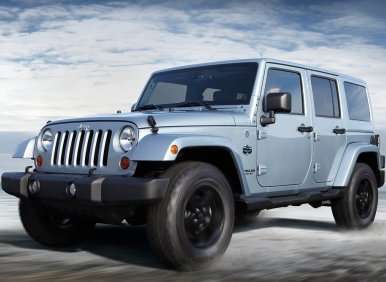
2. Test Your Antifreeze
It might surprise you, but just having the antifreeze topped up in your radiator isn't a guarantee that your engine is protected from low temperatures. Sometimes antifreeze (also known as coolant) has been diluted with too much water, which can affect its ability to resist the cold. You can get your antifreeze tested by your local mechanic to see exactly how low the thermometer can go before your engine block runs the risk of cracking due to frozen coolant, or you can purchase a simple, inexpensive tool of your own that can do the same job.
If it turns out that your antifreeze is no longer living up to its name, or if it's been several years since you had your cooling system flushed and loaded up with fresh liquids, then you should consider replacing everything you have inside the system. It's inexpensive insurance against the cold that will also help reduce the chance of corrosion inside your engine.

3. Check Your Belts
A squeaky belt is more than just an underhood annoyance - it's usually an indication that you need to service your engine's pulley's or belts within a short window of time. This is especially true in the winter, when colder temperatures can make worn out rubber belts that much more brittle. In a worst case scenario a snapped belt can leave you stranded with the snow falling all around you, so if the squeaking gets any louder then you should take a close look at each of your engine belts in order to check for signs of cracking, wear or missing teeth. If anything looks out of the ordinary, or if the rubber looks especially dried out, then you should take the step of having the offending belts replaced as soon as possible.
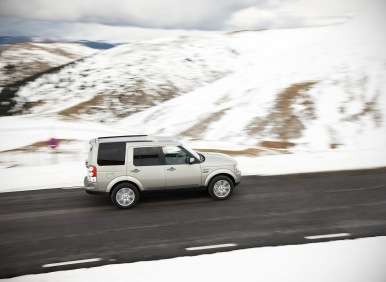
4. Keep A Clear View of the Road Ahead
Just as not all coolant is up to the rigors of a winter's chill, neither is every formulation of windshield washer fluid reliable at colder temperatures. Summer washer blends typically don't have enough alcohol content to avoid freezing up when the snow falls, which can lead to a cracked reservoir tank, frozen washer hoses and a frustrating - and potentially dangerous - lack of fluid for cleaning your windshield. Opt for a winter formula when replacing your washer fluid at the end of the fall and start mixing it in as soon as you can so you're not caught flat-footed by a sudden cold snap.
Wiper blades are another often-overlooked item when preparing for winter. While some blades offer decent year-round capability, wipers that are worn out simply can't make strong enough contact with your glass and will leave dirty streaks when trying to clear your windshield of snow. You probably don't need special winter wipers, but you definitely need to guarantee that you won't be short-changed when it comes to forward visibility by old and ragged rubber blades.
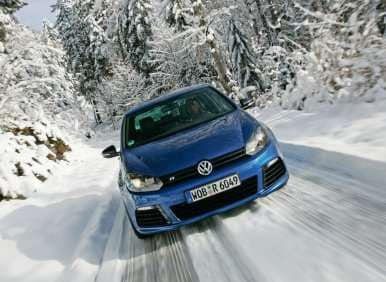
5. Pack a Survival Kit
No one wants to think about the worst case scenario, but winter weather can often turn a simple roadside breakdown into an unpleasant battle against the elements. If your car strands you during a snow storm or on an isolated rural highway late at night, you could be in for a long wait for a tow truck. With the engine off, your heater won't be able to keep you warm, so during the winter months it's a good idea to keep at least a warm blanket (or two) in the trunk. You might also want to throw in some chemical heat packs you can crack open and stuff in your boots, some bottled water (it won't freeze right away, and you can always suck on the ice to fight thirst) and some extra batteries to power a small flashlight.
A small shovel that can help you dig out of a snow drift, an extra pair of gloves (if your current pair get soaked through) and a set of socks are also a good idea. Remember, it's all about staying warm, dry and protected from the elements until you can be rescued, or until the plows have cleared the road enough to get you back on the pathway home.
